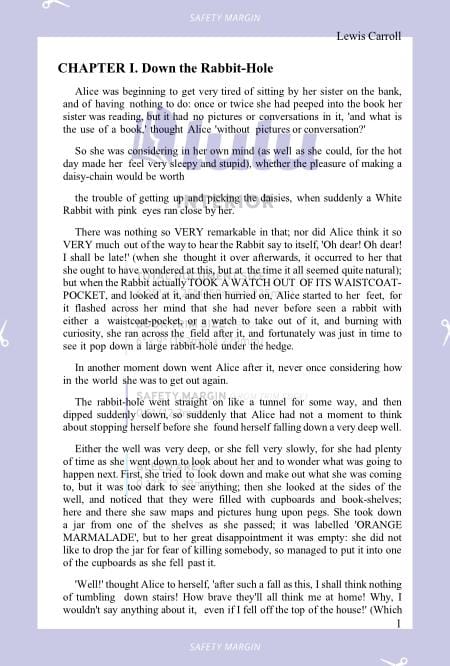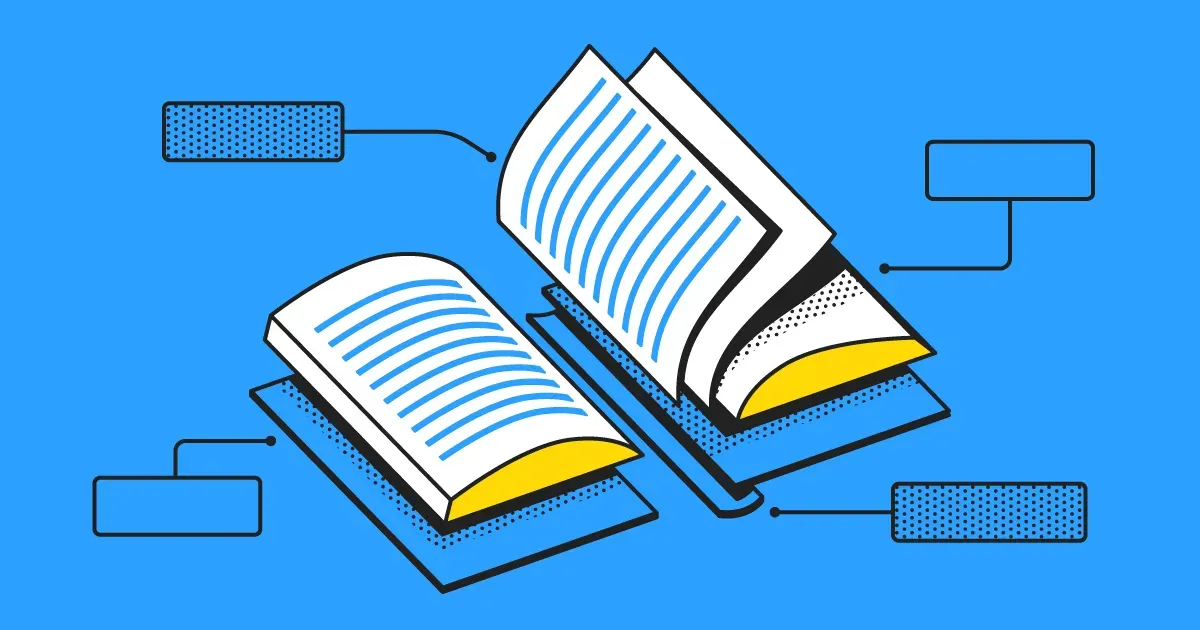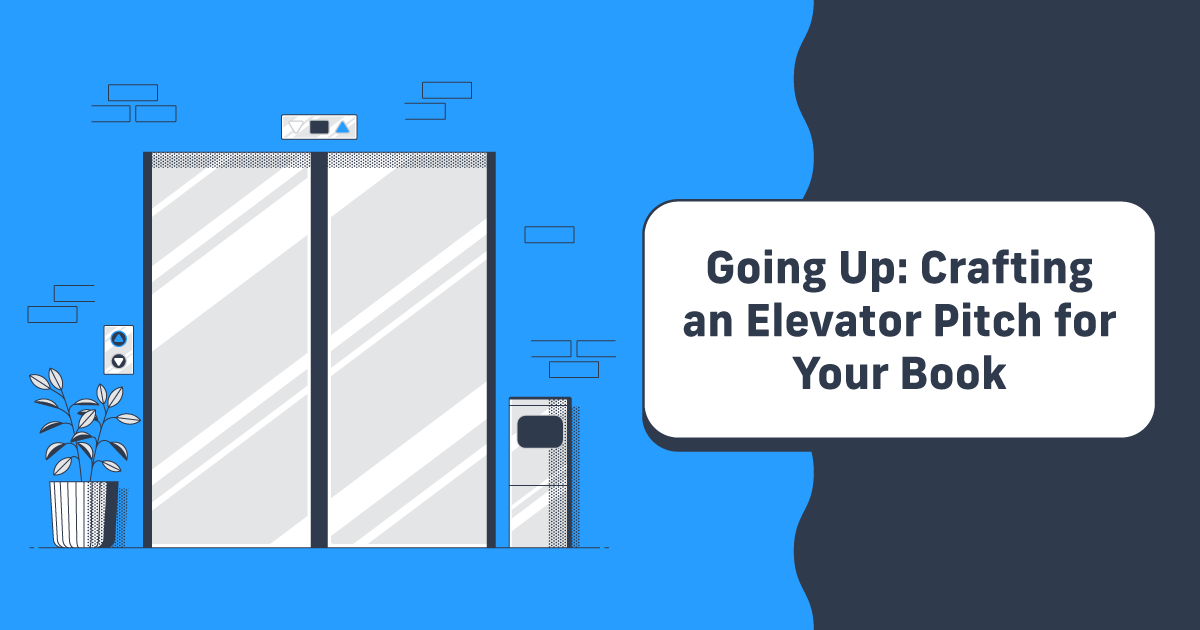The Anatomy of a Book
Have you ever had the pleasure of discussing bookbinding with a professional? If you have, you likely know that the physical parts of a book are numerous. Not just chapters and sections, but physical pieces like the cover, text block, and so much more. The anatomy of a book is more complex than most of us realize.
As an author or creator who uses books as part (or all) of your product offering, it’s worthwhile to understand just what goes into making that book. You’ll be better able to identify print or binding problems (rare, but they do happen) and you’ll have a bunch of factoids for your next social gathering.
Watch The Life of a Book
Breaking Down a Book
To understand the anatomy of a book, it’s easiest to begin by separating the cover and the interior. Let’s start with the interior, called a book block or text block.
Your Book Block
The stack of interior pages is known as a book block. The block is created when all the printed pages are stacked, squared, and uniformly cut along the bleed edges. By cutting all the pages down after trimming, the pages are aligned consistently and form a clean block to be bound to the cover.
The book block is important to creating your cover too—without the total page count, the spine width remains a mystery. For that reason, printers will always need to carefully match the size of the book block (total pages) with the file. Even a couple of stray pages can make it impossible to bind the book correctly.
Once the book block is created, we can move on to the two types of covers commonly used to create a book: paperback and hardcover.
Paperback Cover
Paperback books will have a rather simple cover made with a thick paper stock (usually 100# or more). The parts of a book cover are glued to the book block along the spine edge.
Key Terms:
- Front cover – The front side of your cover. When viewing the cover PDF, the front cover is on the right side of the file.
- Spine – The spine width must match the width of your book block and be centered in the cover PDF.
- Back cover – On the left side of your cover PDF. The back cover generally includes an ISBN barcode.

Cover Parts:

Hardcover
Hardcover books have a slightly more complex cover. The stiff board is covered in either linen (for a dust jacket) or coated paper (for casewrap). This involves a few additional parts, all of which have somewhat arcane definitions.
Key Terms:
- Top/Bottom Edge – The edge of the cover extends beyond the book block for hardcover books.
- Joint – Where the front and back covers meet the spine. The joint won’t include the cover board to allow the front and back cover to move independently of the spine.
- Hinge – The inner joint, where the book block, endsheets, and cover meet.
- Endsheets – A single sheet of paper, usually heavier stock than the interior pages and folded in the middle. One side is glued to the cover board and the other attached at the spine to the book block.
- Footband/Headband – The top and bottom of the spine, usually a cloth or threaded material that connects the book block and endsheets.

Dust Jackets
Hardcover books are often built with a linen layer over the cover boards. A paper cover, called a dust jacket, is printed on high-quality cover stock and folded over the front and back cover. The flaps are the one unique feature of a dust jacket.

Inside the Book Block
Your book block is the central piece of your book’s anatomy. Generally, a book block is divided into three sections:
- Front Matter
- Contents
- Back Matter
The front and back matter are often the last parts of the book you’ll create. In the front, you’ll include your copyright page, table of contents, acknowledgments, and similar content. The back matter can include an author bio, appendix, glossary, citations, and information about finding your other books.
What your front matter and back matter look like will vary depending on the kind of book you’re creating.
Most of your book block will be the contents. This is the story or photography or recipes or whatever makes up your book layout. We’ll get into what a standard page looks like next. First, we need to define the physical parts of the page.
Key Terms:
- Spread – Two facing pages, as seen when a book is held open.
- Page – All the content on one single page. For example, each spread displays a left and right page.
- Verso/Recto – The historically used terms for the left (verso) and right (recto) side pages in a spread.
- Gutter – Binding the edge of the book block to the spine hides that inner edge of each page. The lost space on the page is called the gutter.
- Trimmed Edge – The top, bottom, and left/right side of each page is a trimmed edge.

The Anatomy Of a Single Page
Each page of your book layout should adhere to some basic style best practices. Here’s the simple template we provide for interior book design:

Key Terms:
- Body – The area of a page where all content will go.
- Margin – To avoid content being trimmed or too close to the edge to read comfortably, keep all content within the margin.
- Bleed – The bleed is cut away while the book block is being created. Any content in the bleed area will be lost.
This is the beginning structure you’ll build your book onto. Here’s what a page from Alice in Wonderland looks like over the template:

I might want to adjust the author name in the Header a bit, but otherwise, my page is all within the margins. Let’s ignore that and look at the pieces of this page:

Key Terms:
- Header/Footer – An additional margin at the top and bottom of each page. The header typically includes the author name and/or book or chapter title. The footer is most often used for page numbering.
- Body Copy – The standard style for most text in your book.
- Chapter Title – A Heading Style that defines differences (usually in font size, size, etc.) for chapter or section titles.
- Gutter – The additional gutter margin provides extra space for the ‘fold’ so no text is illegible.

Metadata: The Parts of a Book You Don’t See
The last bit of book anatomy we’ll look at is metadata. If you find metadata a bit confusing, you’re not alone. Fortunately, we can break it down quickly to get to the basics.
Metadata is the information about your book—the title, publication date, copyright, your name (the author), and lots of other details. There isn’t one specific place within the actual book where all your metadata lives (a lot of it is on the copyright page), so I’m not going to bother with a graphic to illustrate the location.
Instead, we need to understand metadata as informing the anatomy of your book. What does that mean?
Your title will impact how you design a cover. Your contents will define your layout design (are you writing fiction? A textbook? Photo book?). Your project’s metadata will guide how you create your book. Which is why I call it out as part of your book’s anatomy. In fact, you really should start with the metadata.
I think a lot of us start with templates and just make a book on top of that template. If you instead start with keywords and BISAC categories, you can find your genre and create your book (probably still with a template) with an understanding of what your likely readers expect and want. If you start with your metadata, you’ll have a clearer roadmap to creating your book!
Why Your Book Anatomy Matters
The more you know about how your books are made, the better positioned you’ll be to create books your fans will love. It’s really that simple. Yes, your content needs to be compelling. No one wants to read boring books. But no one wants to read poorly made books either!
And if you hope to make money from your books, you need to equip yourself with any and all means to ensure your readers love your work.




